Manna Moment:Genesis 1:6-8- "And God said," Let there be an expanse in the midst of the waters, and let it separate the waters from the waters. And God made the expanse and separated the waters that were under the expanse from the waters that were above the expanse. And it was so. And God called the expanse Heaven. And there was evening and there was morning, the second day." 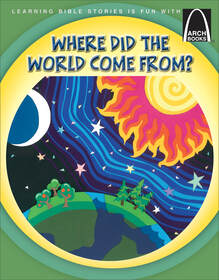 Where Did the World Come From? By Karyn E. Lukasek is one of my favorite books as it depicts the creation account in a poem. I have developed some hand motions to go along with each of the days of creation to help us remember how God created and ordered our universe. read aloud- Why is the sky blue by Debbie Vilardi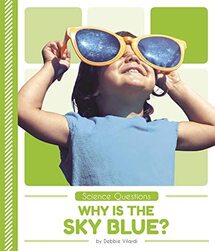 Our read aloud book today was Why is the Sky Blue by Debbie Vilardi. This is a newer book, published in 2019 and has helpful QR codes that take you to 30 second videos of the actual atmosphere to websites with science activities. I introduced what the atmosphere was by using this book and the video that showed a recording of a spaceship leaving the Earth's atmosphere. We learned that the atmosphere is a thick layer of air that has water particles, dust particles and gas particles. As the light from the sun hits our atmosphere, the colors found in the light hit these particles. During the day, when the sky is blue, the blue wavelengths, being shorter and smaller, are scattered by the particles and we see a blue sky. Science Experiment: model of the sky being blueAfter reading the book, we set out to model or imitate what the atmosphere might be doing on a smaller scale. I grabbed a
Here is the link to where I found this activity from the book above. Science Experiment: Can we make a rainbow?This science experiment is from one of the QR codes from the book mentioned above. This is the link. I used a glass pan and filled it 3/4 full of water. I used a flashlight to shine into the water onto a mirror placed at an angle in the water. As we shined the light on the mirror, it reflected up where I held a piece of white card stock. I had the students tell me what they could see. I moved the paper up and down to see if there were differences and then changed the mirror to a triangular mirror. The straight mirror reflected the light well and the triangular mirror, we were able to see a faint rainbow on the white paper. I grabbed the triangular mirror I used to make the kaleidoscopes in last weeks' activities. why is the sky blue coloring page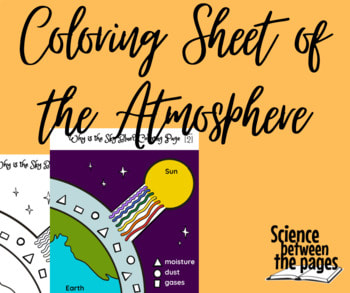 I gave out this custom coloring sheet to the students which was a launch pad into reviewing all the big ideas we talked about today. I only gave them one color at a time as we learned the length of each color that come from the sun's light. You will notice that there is a thick layer and different shapes to represent the different particles that the sun's light hits. And then the students can color the world. Review Points to reinforce:
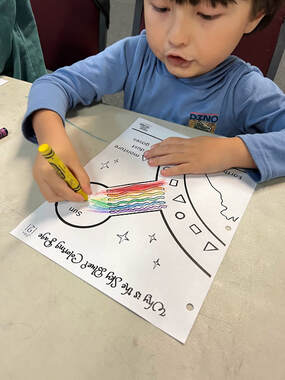 I love what this student did. He didn't mind coloring with crayons and he didn't so much color in the lines but had the colors blend. I really liked this, it reminded me of what I had taught him last semester about the colors running into one another and blending in our Optical Physics book. I highly recommend using crayons over markers for this reason.
0 Comments
Leave a Reply. |
Lead LearnerWelcome! My name is Nicole Fleming and I have been leading science learning in the Bryan/College Station homeschool community for over 10 years. Archives
April 2023
Categories |
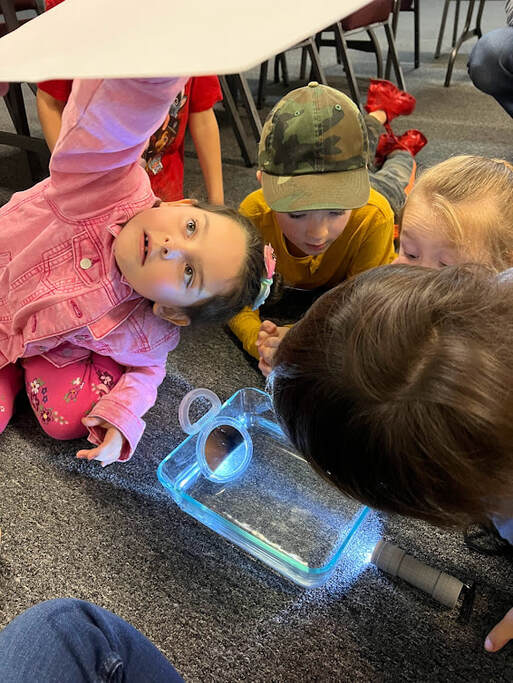
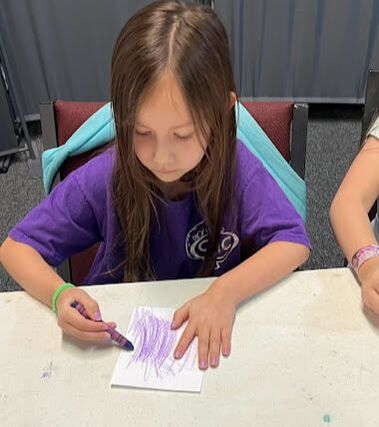
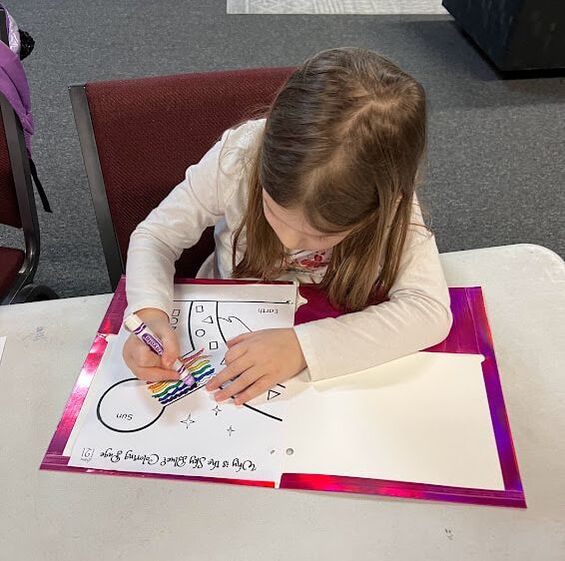
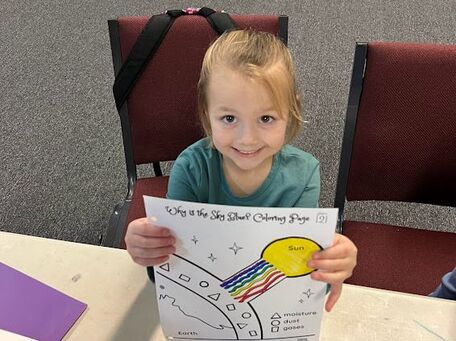
 RSS Feed
RSS Feed